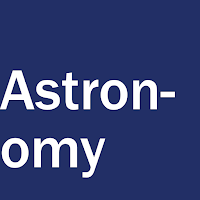The Moon Titan
Titan
Titan is the largest moon of Saturn and is the only moon in the solar system with a substantial atmosphere. It is the second-largest moon in the solar system after Jupiter's Ganymede.
Titan's atmosphere is composed mostly of nitrogen, with small amounts of methane and other gases. The surface of Titan is covered by a thick layer of haze, making it difficult to observe from space. However, scientists have used a variety of techniques, including radar mapping and the Huygens probe, to study the moon's surface.The Huygens probe, which was part of the Cassini-Huygens mission, landed on Titan's surface in 2005 and provided the first close-up images of the moon. The images revealed a landscape of hills, valleys, and rivers, but instead of water, these features are composed of liquid hydrocarbons such as methane and ethane.
Titan is considered one of the most likely places in the solar system to harbor life, albeit in a form very different from that found on Earth. While the surface of Titan is too cold for liquid water to exist, the liquid hydrocarbons on its surface could provide a habitat for exotic forms of life. However, more research is needed to determine whether life exists on Titan.





